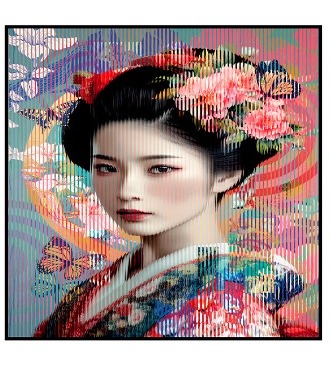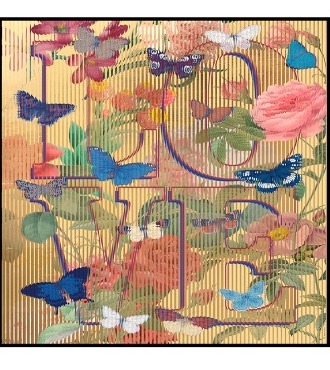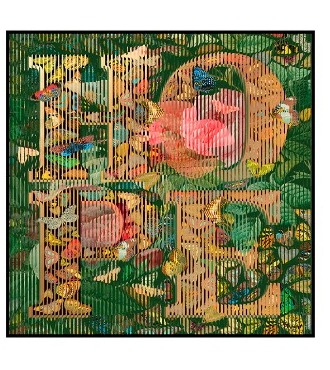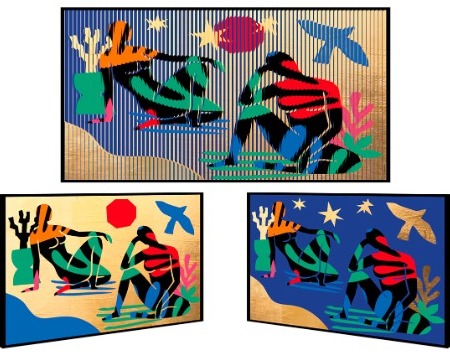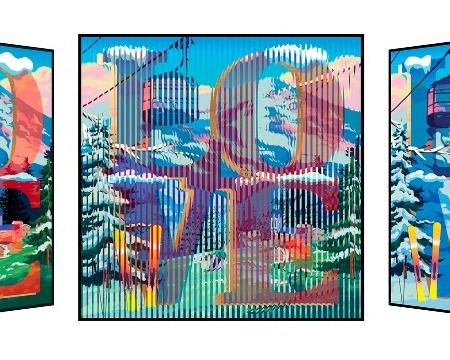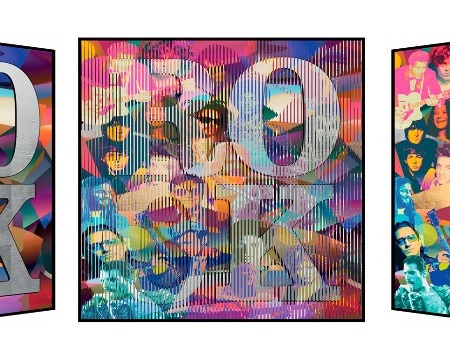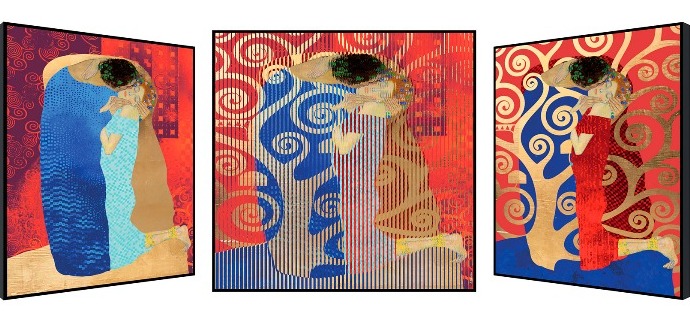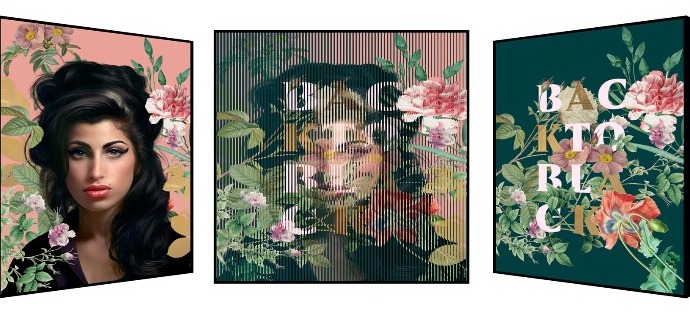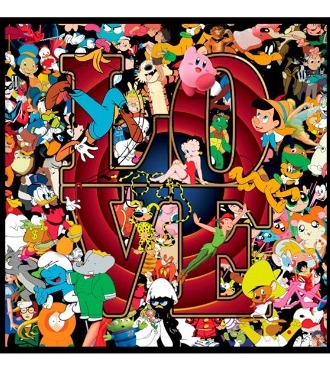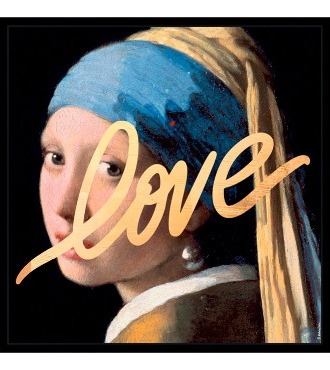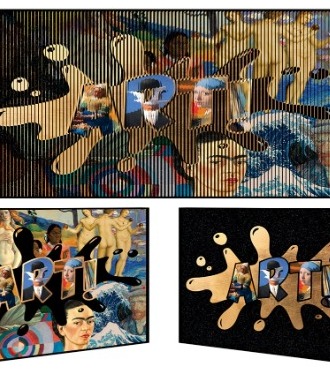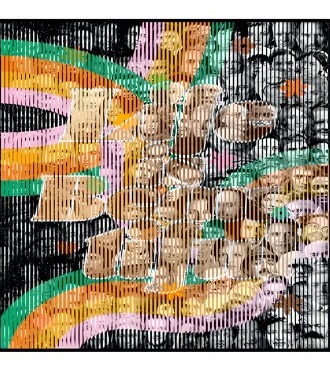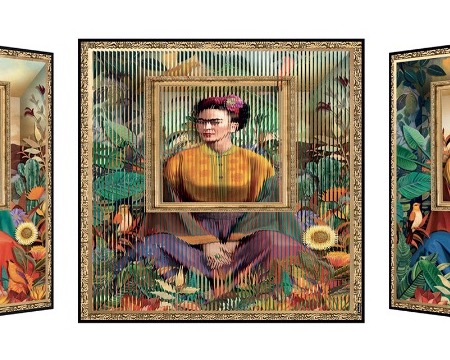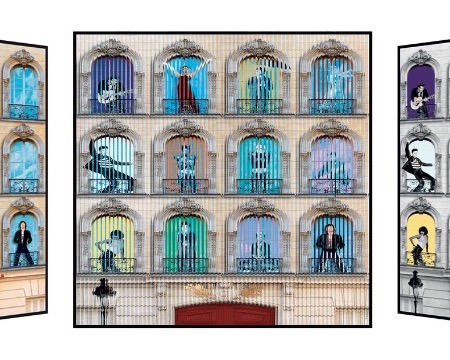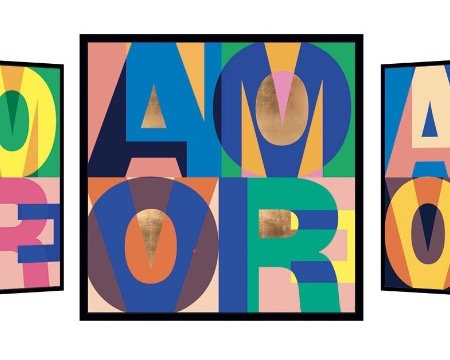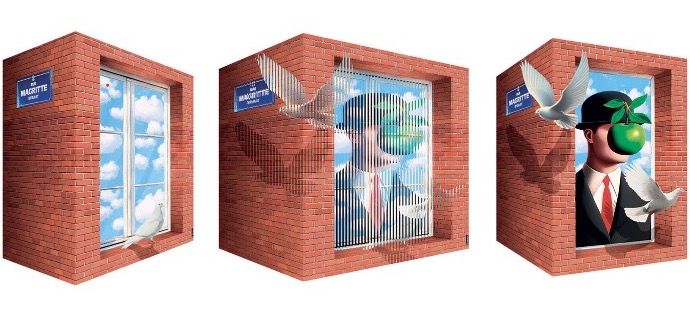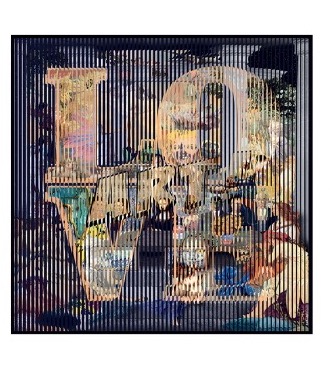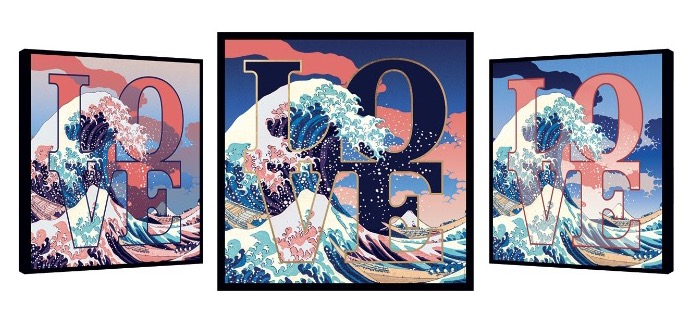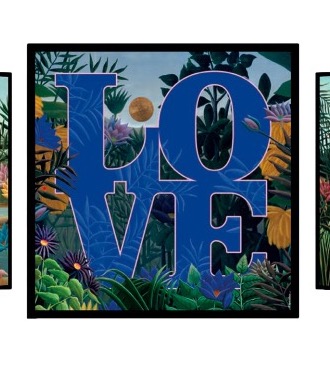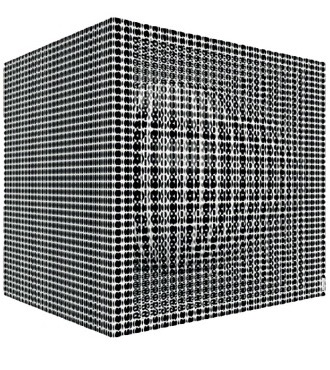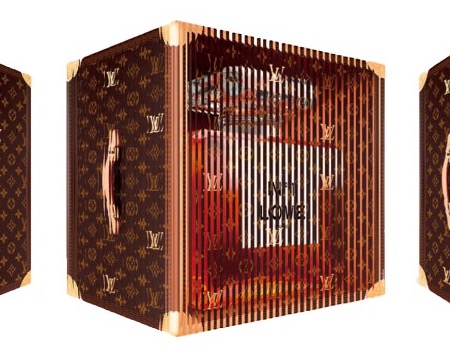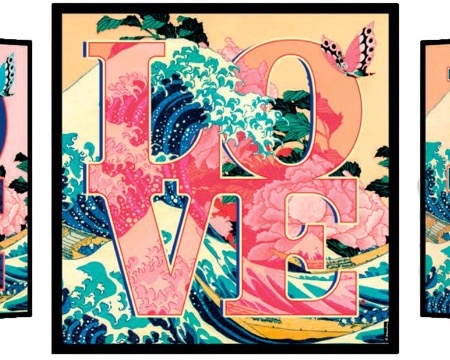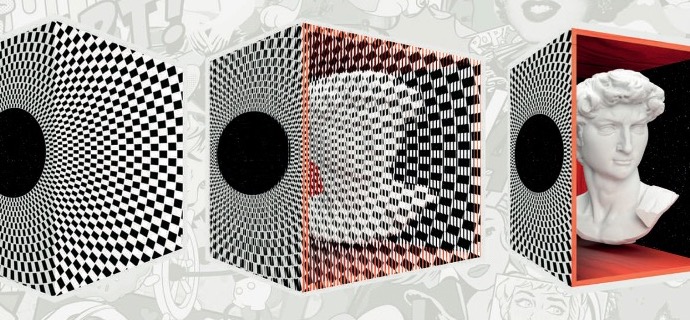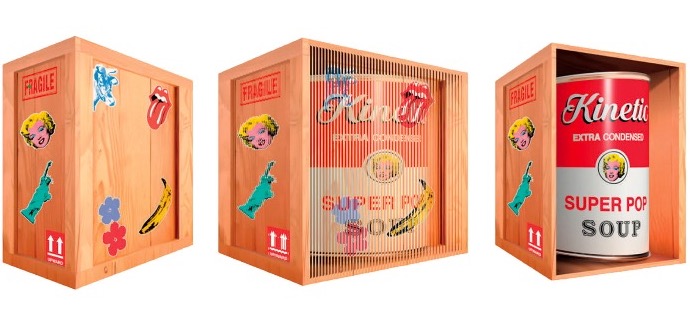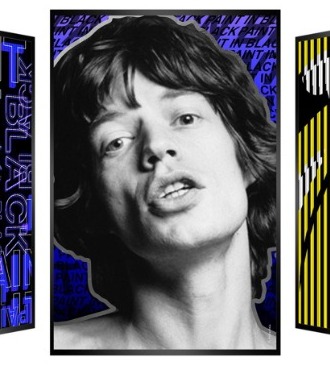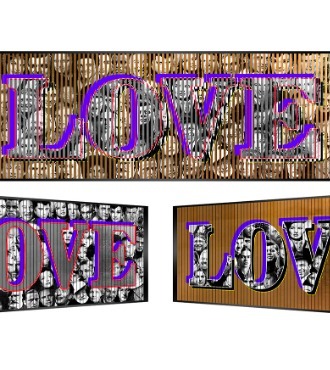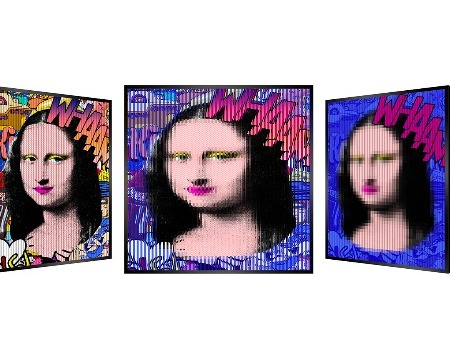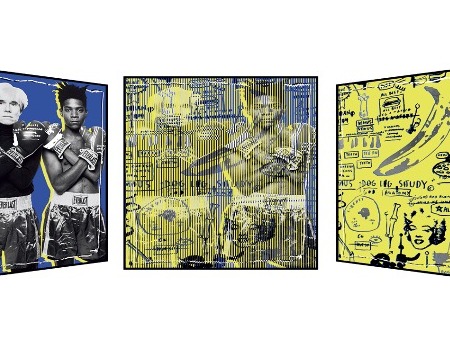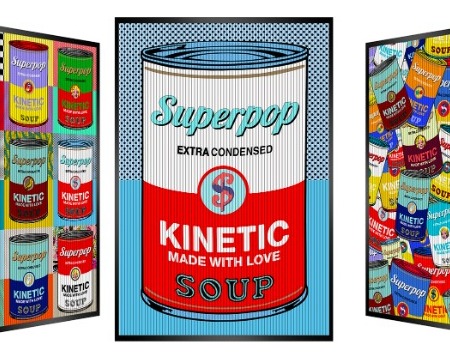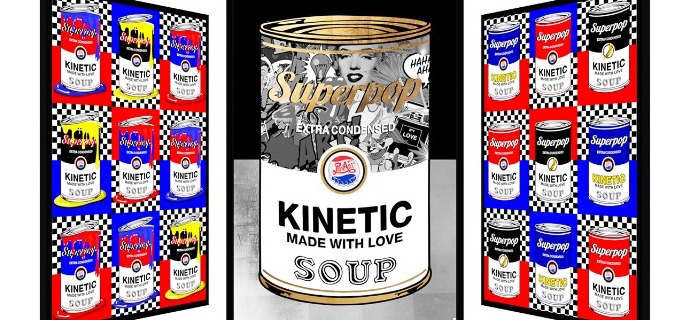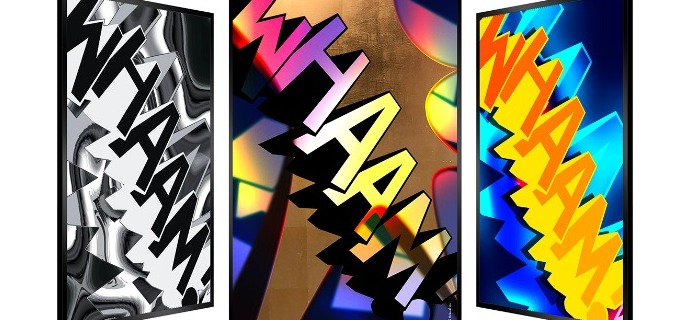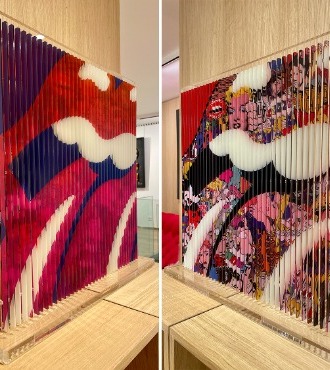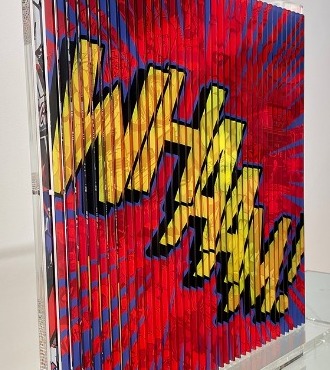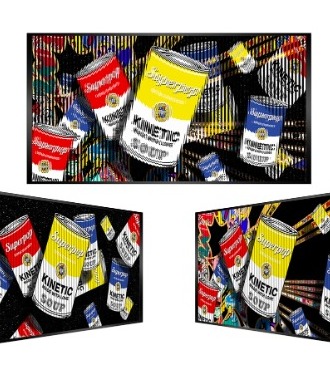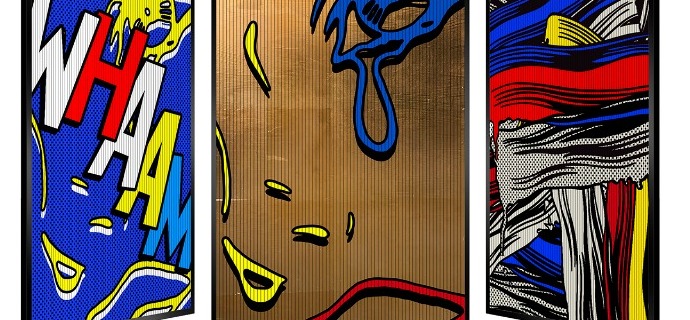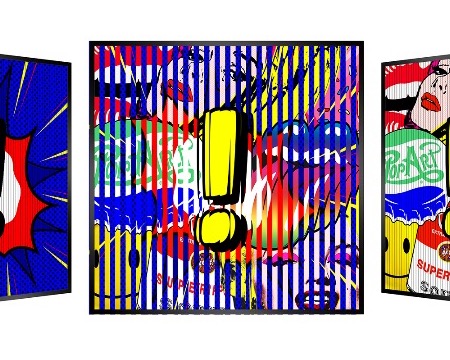Patrick Rubinstein
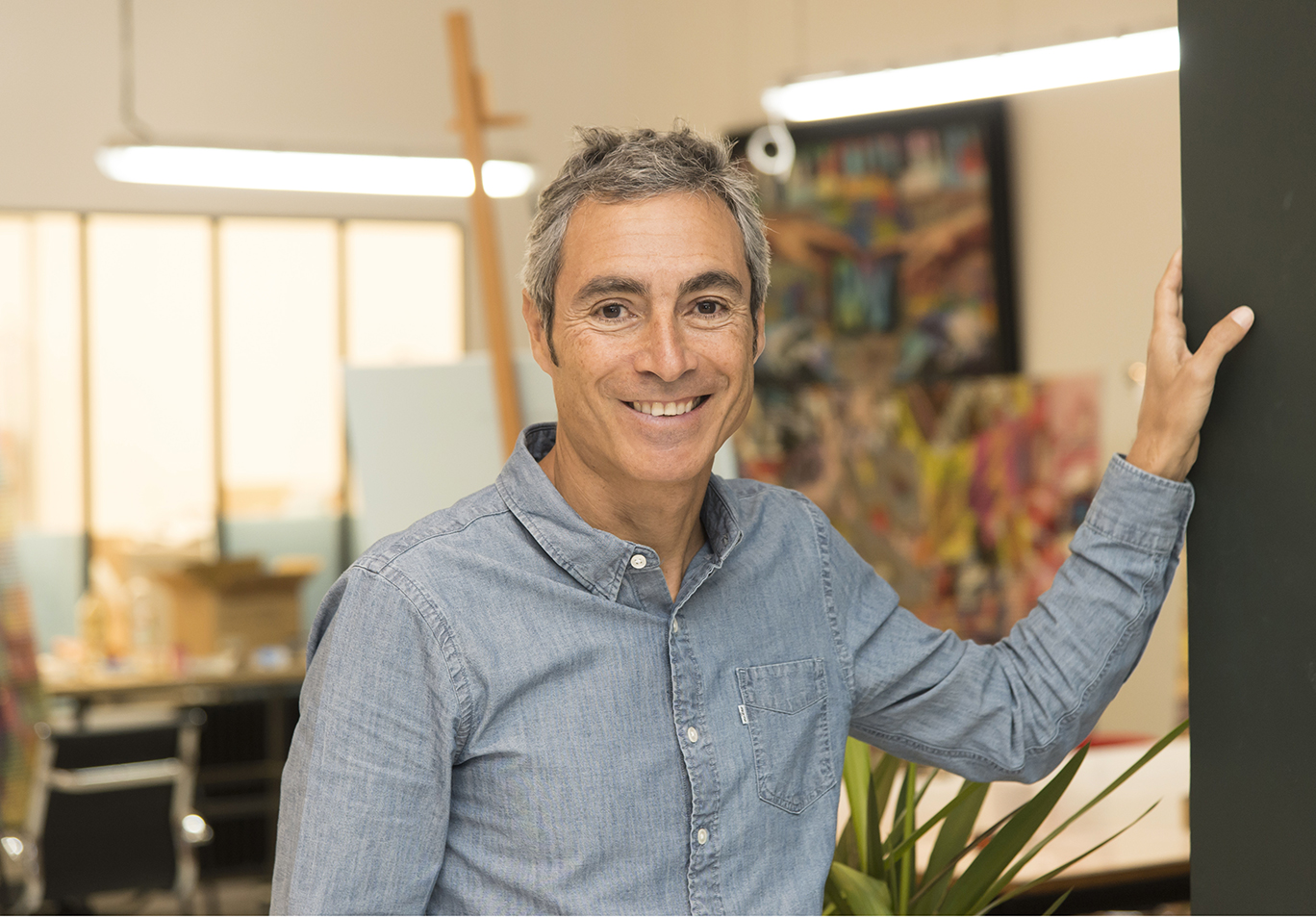
Artist Biography
Patrick Rubinstein was born in 1960 in Paris. His childhood had a lasting impact on him and would later inspire his artistic expression. Paris saw the time of British rock, cinema and American pop.
Growing up in a family that made him perceptive to art at an early age, Patrick Rubinstein acquired the passion for cinema from his mother, and inherited the inventive spirit from his father, who was also the first to introduce to him the techniques of kinetic art. This initiation and culture from his youth would be pivotal for his future artistic creation.
The artist draws his themes from both the past and the present. He meticulously sculpts and refines his artworks like a goldsmith. The outcome is mesmerizing: Patrick Rubinstein presents the viewer with a futurist and avant-gardist artwork.
At the age of 18 he sold his first artwork. Never ceased to innovate, it was not until many years later that the artist perfected his technique and artistic expression to present the internationally acclaimed artworks of today.
Concept Overview
Patrick Rubinstein presents an artistic style that unites the principles of optical art and kinetic art, thus maximizing on the intricate sophistication of the eye.
The pioneers of this art had created their artistic expression based on geometric abstraction.
Patrick Rubinstein reinterprets the style. Without renouncing the interest in optical play, he chose figuration as expression. His source of inspiration is diverse, traversing that of contemporary art, pop art and street art.
Patrick Rubinstein never ceases to surprise. He continuously renews his sources of inspiration, while perpetually innovates his techniques, to present a multifaceted art.
The Double Principle depicts the fusion of two images designed to blend into one. This newly merged image is applied on a medium in accordion configuration. The application on this medium recreates, at 45° angle, the two original images that can be seen from both sides. Several other images, revealed through interlacing of the two views, become visible as spectator moves around the artwork.
The Triple Principle depicts three images, one central and two laterals. The side views are created by strips inserted perpendicular to the central image. Two distinct images are visible, from both sides at 45° angle. This technique allows visual variations when the spectator moves around the work, while maintaining defined sight of the central image.
The result of these two techniques is captivating, giving the artworks an animated and perpetually renewed aspect. The movement is not the only element that affects visual variation, but the light direction and intensity also contribute to the artwork’s kinetic effect.
Patrick Rubinstein
Infos



